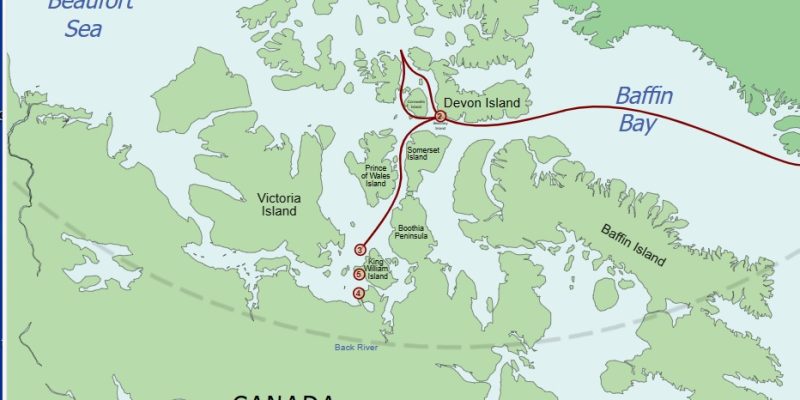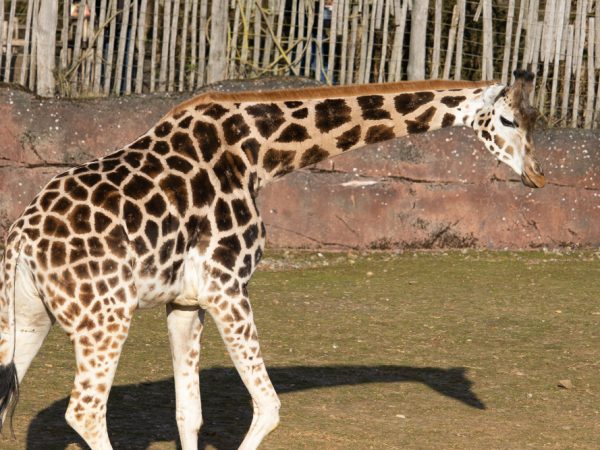King William Island: 10 Astonishing Facts You Didn’t Know

King William Island, located in the Canadian Arctic, is a place of striking beauty and rich history. Named after King William IV of the United Kingdom, this remote island has become a focal point for explorers, historians, and nature enthusiasts alike. While many know of its scenic landscapes and Arctic wildlife, the stories and facts surrounding the Island often remain underappreciated. In this article, we’ll delve into ten astonishing facts about the Island that will enhance your understanding and appreciation of this remarkable destination.
Historical Significance in Arctic Exploration
King William Island is perhaps best known for its historical importance in Arctic exploration. It was here that the ill-fated Franklin Expedition of 1845 sought the Northwest Passage. Led by Sir John Franklin, the expedition consisted of two ships, HMS Erebus and HMS Terror. After becoming icebound, the crew faced harsh conditions, and the island became a graveyard for many of them. This tragic story has captivated historians and adventurers for over a century, making King William Island a pivotal location in the narrative of Arctic exploration.
A Unique Ecosystem
The ecology of King William Island is as fascinating as its history. The island is characterized by a unique Arctic tundra ecosystem, home to diverse flora and fauna. This remote area supports various wildlife species, including caribou, polar bears, and migratory birds. The surrounding waters are also rich in marine life, making it a critical habitat for numerous species. The resilience of this ecosystem, adapted to the extreme conditions of the Arctic, is a testament to nature’s ingenuity.
The Inuit Connection
The Inuit people have a deep-rooted connection to King William Island, having inhabited the region for thousands of years. Their traditional knowledge and practices are integral to understanding the island’s cultural significance. The Inuit are known for their exceptional skills in hunting and navigation in Arctic environments. They played a crucial role in the survival of early European explorers and continue to influence the cultural landscape of the Island today.
The Discovery of the Franklin Expedition Ships
In recent years, King William Island gained further notoriety with the discovery of the wrecks of the Franklin Expedition ships, HMS Erebus and HMS Terror. The shipwrecks were located in 2014 and 2016, respectively, and have provided invaluable insights into the expedition’s fate. These discoveries have sparked renewed interest in the island and its historical context, drawing researchers and visitors eager to learn more about this infamous journey.
The Geographic Marvel
King William Island is a geographic marvel, located at the intersection of the mainland and the Arctic Archipelago. It is surrounded by the tumultuous waters of the Victoria Strait to the south and the deeper waters of the Amundsen Gulf to the north. This strategic position has made it an essential waypoint for navigators seeking to traverse the Northwest Passage. The island’s rugged terrain and stunning vistas offer breathtaking views that attract adventurers and photographers alike.
Climate Challenges
The climate of King William Island poses significant challenges to both its inhabitants and visitors. The island experiences long, harsh winters with temperatures plummeting well below freezing. Summers, though brief, are marked by a flurry of activity as wildlife emerges and the landscape transforms. Climate change is increasingly affecting this delicate environment, leading to melting ice and altering habitats. Understanding these challenges is crucial for the preservation of the Island’s unique ecosystem.
Indigenous Language and Culture
The indigenous peoples of King William Island have a rich linguistic and cultural heritage. The Inuit languages, such as Inuktitut, reflect the deep connection the Inuit have with their land and traditions. This cultural tapestry is woven into the fabric of the island’s identity. Efforts are being made to preserve and revitalize these languages, ensuring that future generations maintain their cultural legacy and knowledge.
An Adventure Seekers’ Paradise
For adventure seekers, King William Island offers a plethora of activities. From kayaking through icy waters to hiking along rugged coastlines, the island is a haven for outdoor enthusiasts. The stark beauty of the Arctic landscape provides an unparalleled backdrop for exploration. Guided tours and eco-adventures are becoming increasingly popular, allowing visitors to experience the wonders of King William Island firsthand.
Preservation Efforts
Given its historical and ecological importance, preservation efforts are underway to protect King William Island and its surroundings. Organizations and government agencies are working together to safeguard its delicate ecosystem while honoring the cultural heritage of the Inuit people. These efforts aim to balance tourism and conservation, ensuring that future generations can appreciate the island’s natural beauty and historical significance.
A Destination for Researchers
King William Island serves as a vital research hub for scientists and historians alike. Its unique environment and rich history provide a wealth of opportunities for study. Researchers are examining the impacts of climate change, wildlife migration patterns, and the effects of human activity on the island. This research is essential for understanding the broader implications of environmental changes in the Arctic region.
Conclusion
King William Island is more than just a remote landmass in the Arctic; it is a place steeped in history, culture, and ecological wonder. From its pivotal role in Arctic exploration to its stunning landscapes and rich indigenous heritage, this island offers a wealth of knowledge and beauty waiting to be discovered. Whether you are a history buff, an environmental enthusiast, or simply seeking adventure, King William Island has something to offer everyone. Embracing its astonishing facts allows us to appreciate the significance of this remarkable destination and its place in our shared history.
FAQs
Q1. What is the best time to visit this Arctic destination?
The ideal time to visit is during the summer months, from late June to early September, when temperatures are milder and wildlife is more active.
Q2. How can I reach this remote location?
Access is typically via boat or small aircraft, with services operating from nearby communities. It’s essential to plan ahead due to its isolated nature.
Q3. Are there any accommodations available in the area?
Accommodations are limited, primarily consisting of small lodges and campgrounds. Visitors should be prepared for a more rustic experience.
Q4. What wildlife can I expect to encounter?
You may see various wildlife, including caribou, polar bears, Arctic foxes, and numerous bird species, especially during the summer months.
Q5. Can I explore the wrecks of the Franklin Expedition?
While the wrecks are protected, guided tours may offer views of the sites and provide historical context, as research and preservation efforts are ongoing.
ALSO READ: Arctic Moss Plant: 10 Astonishing Facts You Didn’t Know











